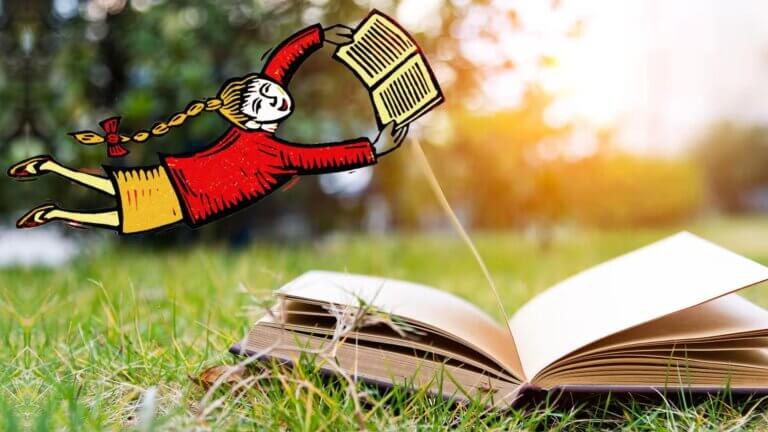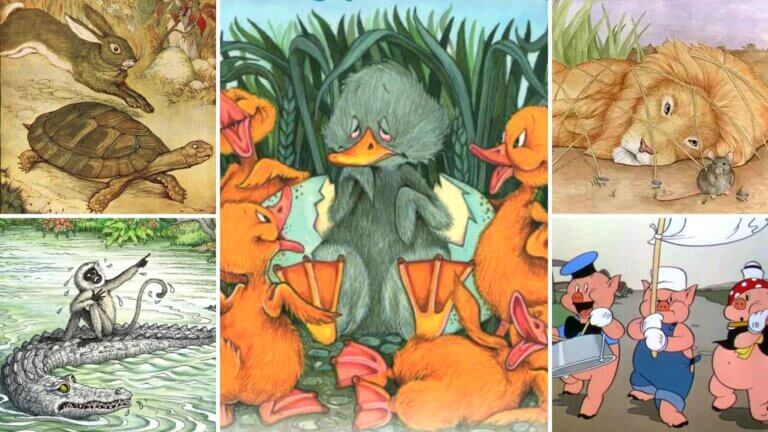Metaphors are an important part of any writer’s lexicon. At their best, metaphors can crystalize an image or meaning in just a few words. Sometimes, however, they’re not operating at their best. Some of the most maligned metaphors are called dead metaphors, and most writers avoid them. But what is a dead metaphor? And is there any time you may want to use one?Continue reading What is a Dead Metaphor — Examples & How to Avoid Them
Metaphors are a crucial part of any writer’s prose. The figurative language technique can illustrate an idea or image in just a few words. Metaphors come in all shapes and sizes. One of the subtlest of its forms is the implied metaphor– a linguistic flare that you can miss if you’re not looking. But just because it can be hard to spot doesn’t mean it’s not important. What is an implied metaphor?Continue reading What is an Implied Metaphor — Definition, Examples & Usages
What is third person limited point of view? Third person limited point of view is an important perspective for writers and readers – but what is it? And how is it used? We’re going to answer those questions by defining third person limited point of view. We’re also going to explore third person limited examples! By the end, you’ll know what third person limited point of view is and how to use it in writing.Continue reading What is Third Person Limited Point of View
Every storyteller — whether a screenwriter, novelist, or short story writer — wants to write dialogue that snaps, reveals character, and carries emotional weight. But how do you do it? There are countless lists and guides filled with advice on how to write dialogue in a story or a dialogue script for the screen. In this post, we’ll look at dialogue writing examples across different media, examine some tried-and-true methods for writing effective dialogue, and give you practical tools whether you’re working on a screenplay or a novel.Continue reading How to Write Dialogue — Examples & Techniques for Screenwriters &…
Characterization is simply “what makes a character a character.” But under the umbrella of characterization, there are two subtypes: direct characterization and indirect characterization. We’re going to break down direct characterization by looking at examples from John Wick, The Grapes of Wrath, and more. By the end, you’ll know how to implement direct characterization in your own works.Continue reading What is Direct Characterization — Character Building Tips
Foreshadowing is an important element of screenwriting. It’s a fantastic tool you can use to create a layered and intriguing story that will keep your audience captivated and engaged. But how do you use foreshadowing, and how does it work? In this article, we’re going to dissect some of the best foreshadowing examples in movies like Us and Parasite to show us how master filmmakers use foreshadowing to create great stories. Let's start with our video breakdown of this technique and how it works.Continue reading Foreshadowing Examples — Us, Parasite & Movies That Nailed It
I, me, we, and us, are all words used to articulate ourselves in the first person point of view – but what is first person point of view? We’re going to explore how the first person point of view, or POV, is used in prose, poetry, cinema, and video games as both a writing and framing technique. But before we dive into our examples, let’s review what makes the first person POV, the first person POV.Continue reading What is First Person Point of View? Definition and Examples
Have you ever wondered why we use 'the White House' to refer to the U.S. administration or 'the Crown' to denote a monarchy? This is an example of metonymy, a figure of speech that enriches our language by layering meanings. As we explore this topic, we’ll shed light on the concept, illustrating its definition and usage with easy-to-understand examples. Let’s take a look at the definition, function, and examples of metonymy.Continue reading What is Metonymy — Definition, Examples & How to Use It
You've likely encountered parables in religious texts, folktales, or even in everyday conversations, but have you ever stopped to wonder what is a parable and why it has remained such a powerful tool for teaching and conveying wisdom throughout history? In this blog post, we'll unravel the mystery behind parables, examine their unique characteristics, and discuss the timeless appeal that continues to captivate readers and listeners alike. Continue reading What is a Parable — Definition, Examples and Uses
Fables have been a cornerstone of human culture and communication for thousands of years, enchanting audiences with their magical blend of creativity, wisdom, and moral lessons. But what is a fable, exactly, and why has this form of storytelling stood the test of time? In this article, we’ll dive deep into the history, structure, and enduring relevance of fables. We'll examine their origins, their unique characteristics, and the profound ways they continue to shape our world today. Continue reading What is a Fable — Definition, Examples & Characteristics



















